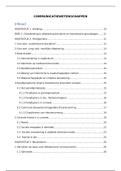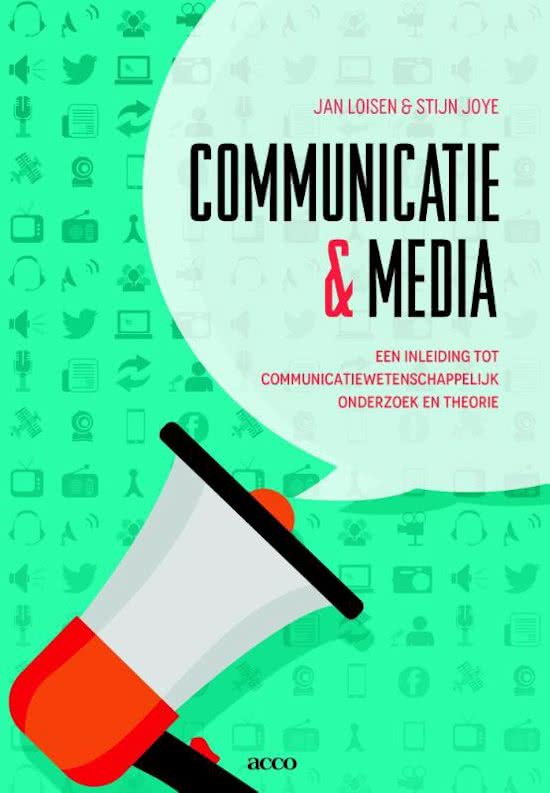Summary
Samenvatting Communicatiewetenschap
Book
Communicatie & media
Samenvatting Communicatiewetenschap: het handboek Communicatie & Media en eigen notities van de les in 1. Ik ben zelf geslaagd met een 14/20 voor dit vak o.b.v. mijn samenvatting.
[Show more]
Preview 6 out of 144 pages
Summarized whole book?
Yes
Uploaded on
September 23, 2020
Number of pages
144
Written in
2019/2020
Type
Summary
Book Title: Communicatie & media
Author(s): Jan Loisen, Joye Stijn
Edition: september 2016 ISBN: 9789462925625 Edition: 1
Summary
Introduction to Communication Studies
All for this textbook (1)
Institution
Universiteit Gent (UGent)
Education
Bachelor in communicatiewetenschappen
Course
Communicatiewetenschappen
All documents for this subject (7)
$6.96
Also available in package deal from $16.62
100% satisfaction guarantee
Immediately available after payment
Both online and in PDF
No strings attached
Also available in package deal (1)
Samenvattingen Eerste Bachelor Communicatiewetenschappen UGent
1. Summary - Samenvatting communicatiewetenschap
2. Summary - Samenvatting marketingcommunicatie
3. Summary - Samenvatting mediageschiedenis
4. Summary - Samenvatting methodologie van de sociale wetenschappen
5. Summary - Samenvatting politicologie
6. Summary - Samenvatting sociologie
Show more
COMMUNICATIEWETENSCHAPPEN





